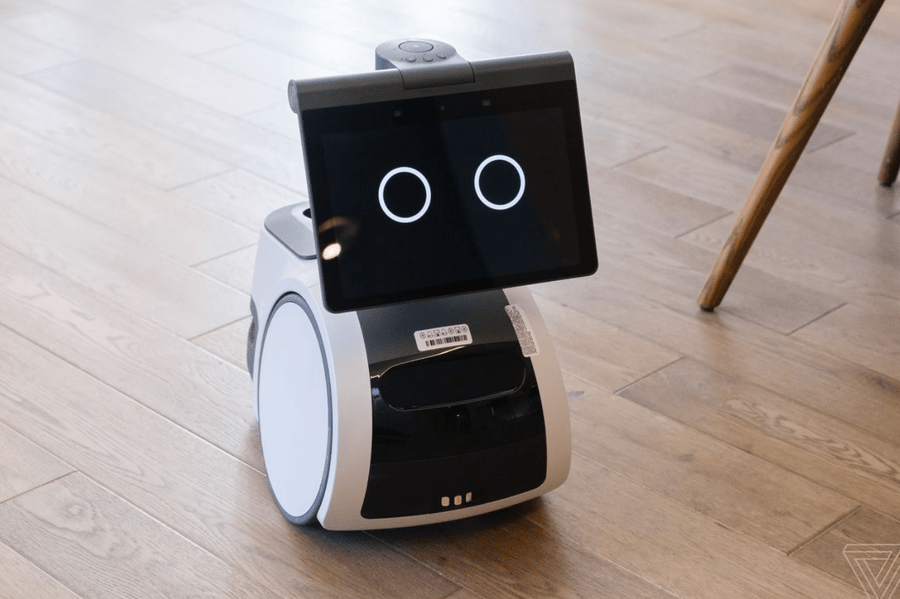Back <<
Robotic Personal Assistants:

Introduction:
In an increasingly fast-paced and interconnected world, the demand for efficient and personalized assistance has never been greater. Robotic personal assistants have emerged as a technological solution to this need, seamlessly integrating into our daily lives to simplify tasks, enhance productivity, and provide companionship. This article explores the growing prominence of robotic personal assistants, their capabilities, and their impact on reshaping our interactions with technology.
Defining Robotic Personal Assistants:
Robotic personal assistants are advanced machines equipped with artificial intelligence (AI) and natural language processing capabilities. These intelligent machines are designed to understand and respond to human commands, perform tasks autonomously, and adapt to users’ preferences over time. Unlike traditional virtual assistants confined to software interfaces, robotic personal assistants combine physical embodiment with digital intelligence, enabling them to interact with the physical world.
Capabilities and Features:
- Voice Interaction: Robotic personal assistants rely on sophisticated speech recognition technology to understand spoken commands and queries. They can engage in natural language conversations, execute tasks, and provide information and recommendations based on user inquiries.
- Task Automation: These assistants excel at automating routine tasks, such as setting reminders, managing calendars, sending messages, and controlling smart home devices. They streamline daily activities, saving time and effort for users.
- Personalization: Robotic personal assistants leverage AI algorithms to learn users’ preferences, adapt to their behavior patterns, and provide personalized recommendations. Whether it’s suggesting music based on listening habits or offering tailored news updates, these assistants strive to enhance the user experience.
- Environmental Awareness: Equipped with sensors and cameras, robotic personal assistants can perceive and interact with their surroundings. They navigate spaces autonomously, avoiding obstacles and can perform physical tasks like fetching objects or cleaning.
- Emotional Engagement: Some robotic personal assistants are designed to recognize and respond to human emotions. They incorporate facial recognition and emotion-detection algorithms to provide empathetic and personalized interactions, fostering a sense of companionship.
Applications in Daily Life:
Robotic personal assistants are finding their way into various aspects of daily life, transforming the way we live and work.
- Smart Homes: Integrating with smart home devices, robotic personal assistants act as central hubs, enabling seamless control of lighting, temperature, security systems, and entertainment devices through voice commands.
- Elderly Care: With an aging population, robotic personal assistants are crucial in elderly care. They can monitor vital signs, provide medication reminders, assist with daily tasks, and offer companionship, improving the quality of life for older adults.
- Education and Learning: Robotic personal assistants are utilized in educational settings to support interactive learning experiences. They can answer questions, explain, and adapt their teaching methods to individual students, enhancing engagement and knowledge retention.
- Customer Service: Businesses are deploying robotic personal assistants in customer service roles to handle inquiries, provide product recommendations, and offer support. These assistants can improve customer satisfaction and streamline service processes.
Challenges and Future Developments:
While robotic personal assistants hold tremendous potential, several challenges need to be addressed for their widespread adoption.
- Privacy and Security: As these assistants collect vast amounts of personal data, ensuring data privacy and implementing robust security measures are essential to building user trust.
- Ethical Considerations: The development of robotic personal assistants raises ethical questions, such as the potential for bias in decision-making algorithms or the impact on human employment. Addressing these concerns is crucial to ensure responsible and equitable use of the technology.
- Seamless Integration: Future advancements will focus on seamlessly integrating robotic personal assistants into various domains, from healthcare to transportation, to provide comprehensive support and services.
- Enhanced Intelligence: Further developments in AI and machine learning will enable robotic personal assistants to possess

